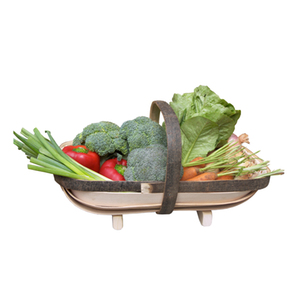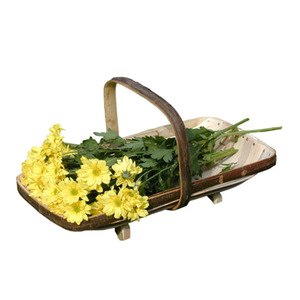
About The Brand/Designer
An Introduction to Trugs
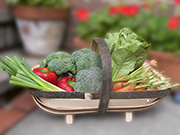 The trug is firmly associated with Sussex with references to them going back to medieval times.
The trug is firmly associated with Sussex with references to them going back to medieval times.The word trug is thought to have derived from the Old English word trough or trog which means ‘made of wood’ or ‘boat like form’. The first trough’s or trog’s were carved, wooden, boat shaped vessels and were used by farmers for measuring and harvesting. Trugs, the evolved form of these vessels are lightweight baskets predominantly still used for harvesting.
Although trugs were used for generations and appear in paintings going back to the 1700’s, the Trug really came into its own during the 1800′s.
The Royal Sussex Trug
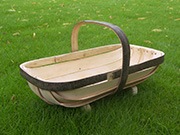 A Mr. Smith from the village of Herstmonceux in Sussex refined the original trug turning it into a superior product. His trugs were made from local grown Sweet Chestnut and Cricket Bat Willow from nearby Pevensey. The Sweet Chestnut, grown locally on the wooded hills, he used for the rim and handle and the Cricket Bat Willow, from the nearby Pevensey Marshes, he used to make boards for the body of the basket. Mr Smith’s Sussex Trug was very popular locally and he developed a thriving market selling to local farmers.
A Mr. Smith from the village of Herstmonceux in Sussex refined the original trug turning it into a superior product. His trugs were made from local grown Sweet Chestnut and Cricket Bat Willow from nearby Pevensey. The Sweet Chestnut, grown locally on the wooded hills, he used for the rim and handle and the Cricket Bat Willow, from the nearby Pevensey Marshes, he used to make boards for the body of the basket. Mr Smith’s Sussex Trug was very popular locally and he developed a thriving market selling to local farmers.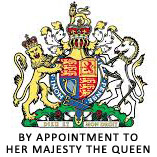 Mr Smith took his trug to the Great Exhibition of 1851. There, his stall was visited by Queen Victoria who order a number of Trug’s to give as gifts. Following the queens patronage, the Sussex Trug was renamed the Royal Sussex Trug.
Mr Smith took his trug to the Great Exhibition of 1851. There, his stall was visited by Queen Victoria who order a number of Trug’s to give as gifts. Following the queens patronage, the Sussex Trug was renamed the Royal Sussex Trug.A thriving trug industry continued into the early twentieth century until, mechanisation and plastic offered cheap alternatives.
Farmers no longer needed Trugs to collect their eggs and apples and the plastic punnet became the preferred container. After the Second World War only a handful of companies were left, but the original Thomas Smith company survived.
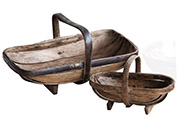 Instead of selling mainly to farmers they begun to sell more to gardeners. The Sussex Trug remains the must have accessory for the dedicated gardener due to its strong, durable versatile and rustic charicteristics.
Instead of selling mainly to farmers they begun to sell more to gardeners. The Sussex Trug remains the must have accessory for the dedicated gardener due to its strong, durable versatile and rustic charicteristics.Many trugs today are made out of inferior ply wood, however, the genuine article remains the Royal Sussex Trug, made from Sweet Chestnut and Cricket Bat Willow by the original Smith company which still enjoys royal patronage.
Royal Sussex Trug Co.
Select Your Currency:
